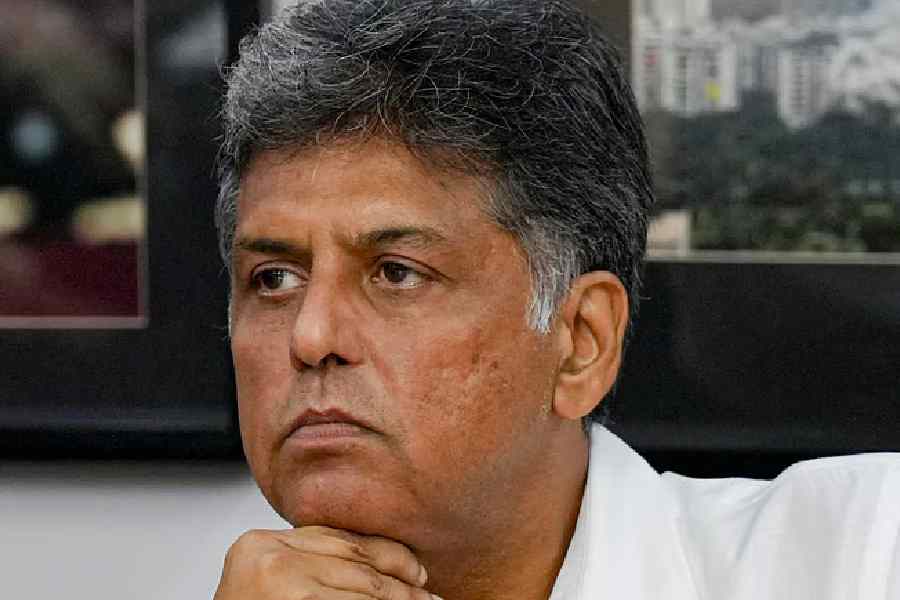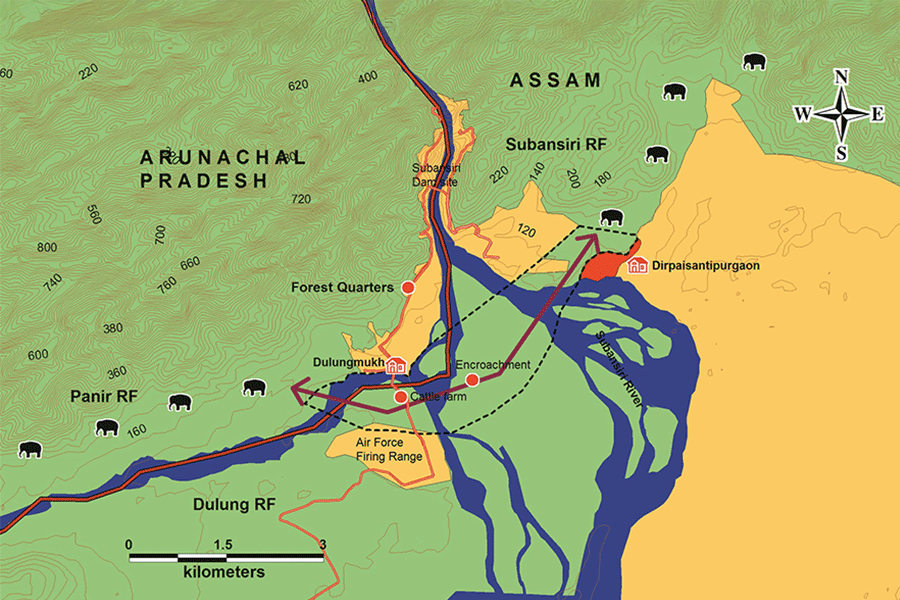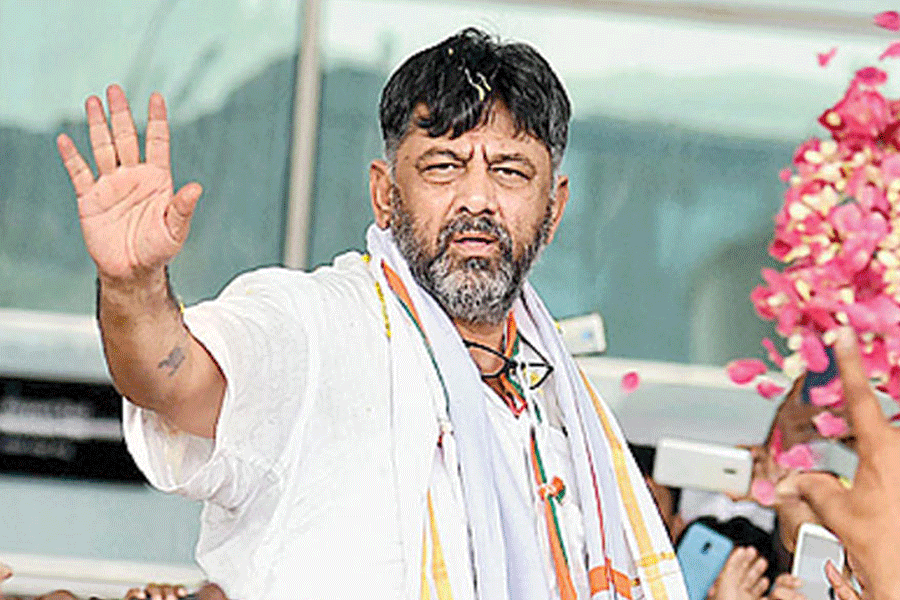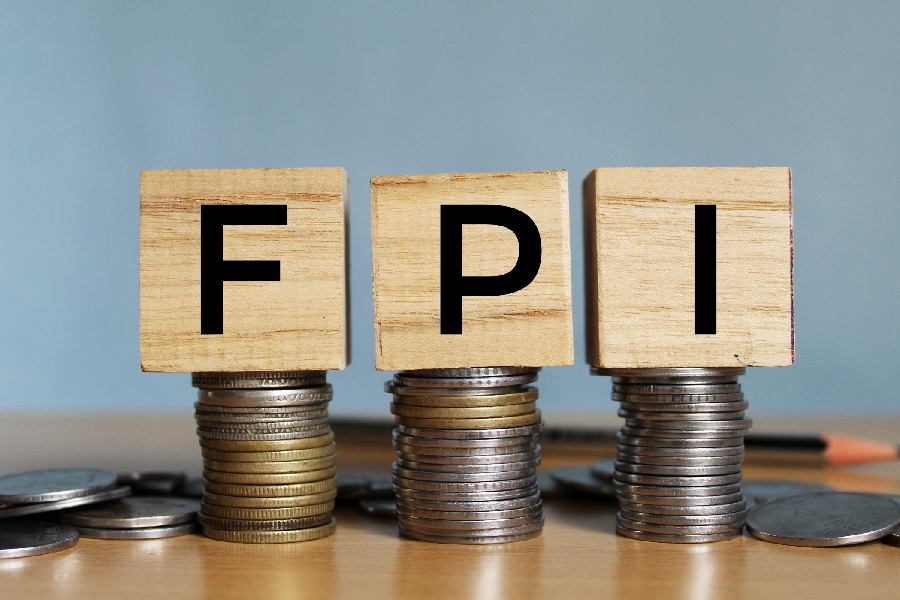The Naga peace talks have been arduous and carried on over 22 long years. Yet it seems that last-mile problems might scuttle the efforts of successive governments to bring an end to India’s longest running insurgency, which began in 1952.
The latest indicator of brewing trouble is an eight-page letter written to Prime Minister Narendra Modi by Thuingaleng Muivah, general secretary of the National Socialist Council of Nagalim (Isak-Muivah) or NSCN-IM.
Muivah is also the chief Naga negotiator in the peace talks. The letter essentially blames Delhi and its chief negotiator and Nagaland governor, R.N. Ravi, for the delay in a settlement.
Delhi often accuses the NSCN-IM of being intractable on the demands of a separate flag and a constitution. The Naga talks nearly collapsed when governor Ravi peremptorily set a deadline of October 31, 2019, to the NSCN-IM to fall in line.
Having taken away precisely these two symbols of political identity — a flag and a constitution — from the Kashmiris, Delhi could hardly concede them to the Nagas.
It would, however, have been foolhardy to let the peace talks collapse, for much has already been achieved in resolving the Naga dispute — the thorny issue of the division of competencies between the Union and the Nagas is almost done.
On October 31, 2019, a collapse was avoided by the two sides coming to a mutual formulation on how to proceed on the issue of a separate flag and constitution.
The joint formulation read: “The Naga leaders raised the issue of flag and constitution for Nagaland as their national identity in this negotiation. The GoI is not in a position to recognise it. Both sides understood each other’s position. However, respecting the will of the Naga people and prevailing sentiments, the GoI and NSCN agreed that the two issues will be resolved amicably at the earliest possible through earnest peaceful political process.”
In sum, Delhi agreed to a process to discuss the two issues while not giving any assurances. There are several possible ways of resolving these issues. The Naga flag could, for example, be granted as long as it is flown simultaneously with the Tricolour and at the same height or lower.
On the constitution, the NSCN-IM itself has proposed that the final agreement, which the Nagas would call their constitution, could be incorporated in the Indian constitution as a “special Naga law” after amending Article 371A.
Neither issue, therefore, seems intractable. Why then is there a sudden despondence about the peace negotiations? One of the most imaginative formulations of the proposed settlement — the creation of a supra-state body called the Pan Naga Hoho — has suddenly become controversial.
The Pan Naga Hoho is meant to be a cultural body covering Nagaland and the contiguous Naga-inhabited areas of Manipur, Arunachal and Assam (old Nowgong and Sibsagar districts). The latter would each have a Naga Autonomous Territorial Council with financial powers as well as judicial powers relating to customary law. Both the Pan Naga Hoho and the territorial councils would be elected.
There, however, seems to be an attempt to create a division between the Nagas of Nagaland state and those in the adjoining states, which could precipitate the breakdown of the peace process.
It is being alleged that the Manipur Naga tribes will dominate the Pan Naga Hoho because Manipur has more Naga tribes than other states. Some organisations in Nagaland have claimed that the NSCN-IM wants executive powers for the Pan Naga Hoho and powers to nominate members to the upper House of the bicameral legislative assembly proposed for Nagaland in the draft peace agreement.
The allegations about the Pan Naga Hoho are, however, patently incorrect. It has been agreed by the two sides that it will be a cultural body that may offer advice on education and related issues (which the government is free to accept or reject). An advisory body cannot have executive powers.
The fears about over-representation of the Manipur Naga tribes in the Pan Naga Hoho are also misplaced as the representation is to be proportional to the population of each recognised Naga tribe, with a place even for non-Naga minorities.
So, the actuality of there being only 14 Naga tribes in Nagaland state and 20 in Manipur will be offset by the fact that some of the tribes in Manipur are very small in size. It seems, therefore, that the apprehension of southern Naga hegemony is being fanned by elements opposed to a peace agreement.
The Union government too has put its negotiator, Ravi, in a tough spot. He is under pressure to settle the issue, which had seemed almost within grasp at the time of his appointment as Nagaland governor. The subsequent developments in Jammu and Kashmir, however, means that he cannot promise the Nagas what the Centre has taken away from the Kashmiris.
So, as the old negotiatory framework falls apart, Ravi, a former intelligence officer, seems to have fallen back on the time-tested formula of divide and rule that Indian agencies have used to manipulate divisions between the Naga groups.
Ravi has for a long time been talking to select civil society organisations in Nagaland, ostensibly to update them about the progress in the negotiations.
These groups, including one christened Naga National Political Groups (made up of remnants of former Naga insurgent groups that had signed settlements with Delhi that had failed), have been projected as stakeholders in the peace talks on a par with the largest and active armed group, the NSCN-IM.
Now, if the NSCN-IM refuses to come around on the flag and constitution issues, Delhi can threaten it will sign the peace agreement with these groups.
If the pressure tactics —some NSCN-IM cadres have been arrested by the National Investigation Agency while others have arrest warrants out against them for other criminal activities and perhaps justifiably so — fail, then Ravi might be able to showcase a “peace agreement” with the NNPG.
The important question, however, is whether that would bring lasting peace to the Naga areas.
Bharat Bhushan is a journalist based in Delhi











